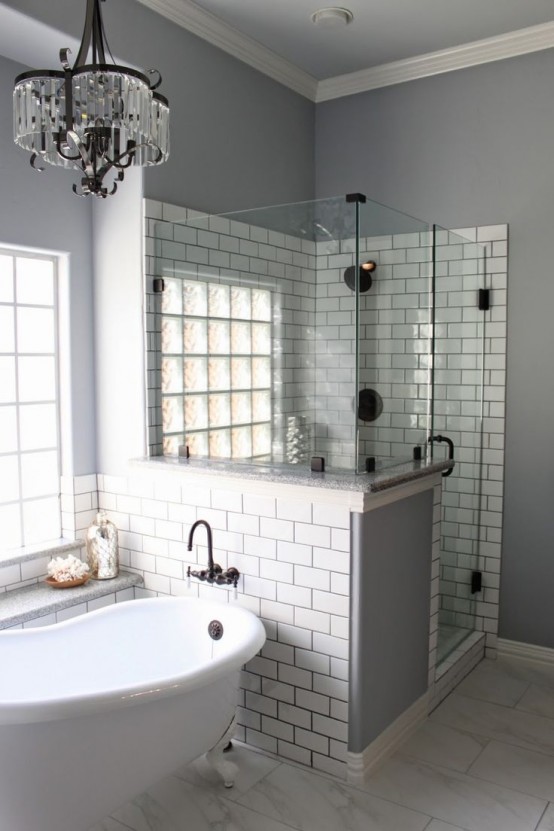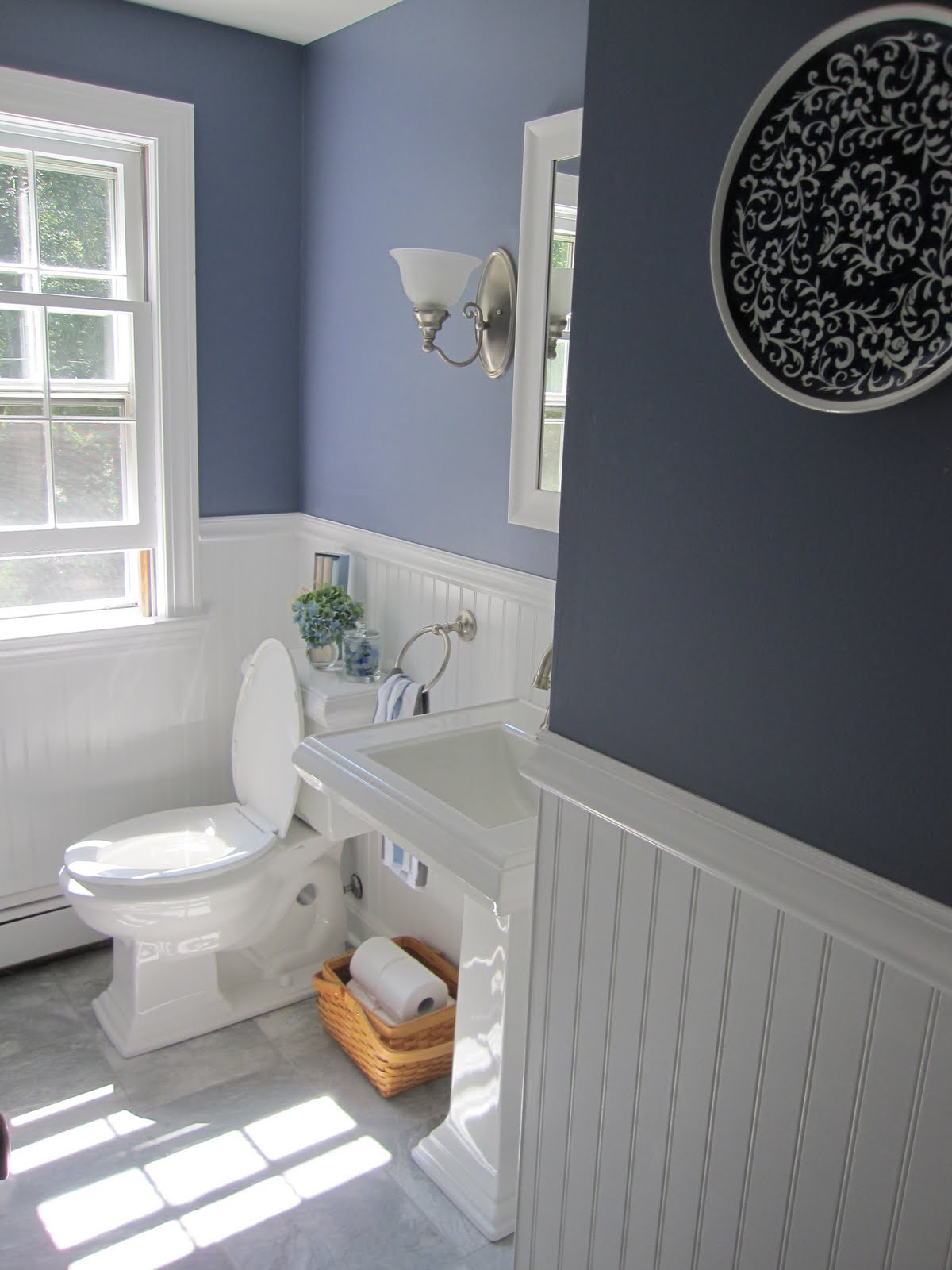
The Advantages of Installing Half Walls in Your Bathroom

When it comes to bathroom design, incorporating half walls can be a great choice. Half walls, also known as knee walls, are walls that are shorter in height and typically extend to waist or knee level. They offer several advantages in terms of functionality, aesthetics, and privacy.
One of the key advantages of installing half walls in your bathroom is the added privacy they provide. By strategically placing these walls, you can separate the toilet or shower area from the rest of the bathroom, allowing for a more private and comfortable experience.
Furthermore, half walls can also serve as a design element, adding visual interest and depth to your bathroom. They can be made from a variety of materials such as glass, tile, or even wood, allowing you to choose a style that complements the overall theme of your bathroom.
Types of Half Walls for Your Bathroom

There are various types of half walls that you can consider for your bathroom. Each type offers a different level of privacy and aesthetic appeal, allowing you to choose the one that best suits your needs and preferences.
1. Glass Half Walls: Glass half walls are a popular choice for modern bathrooms. They provide a sleek and sophisticated look while still maintaining an open and spacious feel. Additionally, glass half walls allow for natural light to flow through the space, creating a bright and airy atmosphere.
2. Tile Half Walls: Tile half walls are a versatile option that can be customized to match your bathroom's style. Whether you prefer a classic subway tile or a more intricate mosaic design, tile half walls can add texture and visual interest to your space.
3. Wood Half Walls: If you're looking to add warmth and a touch of nature to your bathroom, wood half walls can be an excellent choice. They can be made from various types of wood, such as cedar or teak, and can be stained or painted to match your desired aesthetic.
Functional Uses of Half Walls in the Bathroom

In addition to their aesthetic appeal, half walls in the bathroom can serve several functional purposes. Here are some common uses:
1. Privacy: As mentioned earlier, half walls provide an effective way to separate the toilet or shower area from the rest of the bathroom, ensuring privacy for users.
2. Storage: Half walls can be designed to incorporate built-in shelves or niches, providing additional storage space for toiletries, towels, or decorative items.
3. Seating: Depending on the height and design of the half wall, it can also double as a seating area. This can be particularly useful in larger bathrooms where additional seating is desired.
Tips for Incorporating Half Walls in Your Bathroom

If you're considering incorporating half walls in your bathroom, here are some tips to keep in mind:
1. Consider the layout: Before installing half walls, assess the layout of your bathroom and determine the most suitable location for these walls. They should be strategically placed to provide privacy without obstructing the flow of the space.
2. Choose the right materials: Select materials that are durable and water-resistant, especially if you're incorporating half walls in areas prone to moisture, such as the shower or bathtub.
3. Lighting: Ensure that the area behind and around the half walls is well-lit. You can install recessed lighting or incorporate natural light sources to prevent the space from feeling cramped or dim.
Conclusion
Bathroom half walls offer a range of benefits, from increased privacy to enhanced aesthetics. By choosing the right materials and strategically placing these walls, you can create a functional and visually appealing bathroom space. Consider the various types of half walls available and incorporate them into your bathroom design for a unique and stylish look.